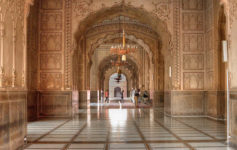Anyone interested in learning more about the Mughal Empire must plan a visit to Lahore, Pakistan. Although Lahore is now a populous modern city, monuments from the mighty Mughal Empire can be found almost everywhere.
One of the most stunning examples of Mughal Era architecture in Lahore is the Wazir Khan Mosque. Built all the way back in the 17th century, the Wazir Khan Mosque is extremely well preserved and worth spending a few hours in if you’re visiting Lahore.
In case you were wondering where the name “Wazir Khan” comes from, it’s actually a reference to the 17th century physician ShaikhIlm-ud-din Ansari. Ansari was born in the central city of Chiniot and eventually moved to the city of Lahore looking for a job. Trained in medicine, Ansari eventually became one of the most important court physicians under Emperor Shah Jahan. Emperor Jahan appreciated Ansari’s service so much that he eventually made him a Mughal noble and allowed him to build this great mosque near the Delhi Gate. The closest translation of “Wazir Khan” to English is something like a “Court Noble.”
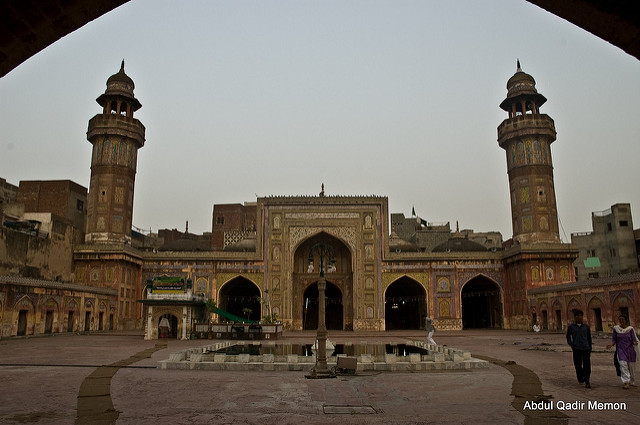
The main reason Ansari decided to build this mosque where he did was to honor the great Sufi sage MiranBadshah. Badshah was entombed right near the Delhi Gate and you’ll see his grave as you walk through the mosque. Although Badshah was already honored with a monument, Ansari believed Badshah should have a more elaborate final resting place. So, in 1634, Ansari officially began construction on his monumental mosque. It only took seven years for architects and builders to complete the Wazir Khan Mosque.
The outside of the mosque measures approximately 280 feet by 160 feet. There are a total of five domes and four 107-feet high minarets. Everyone who enters this mosque has to pass through the Wazir Khan Chowk, which is the main square in the Walled City of Lahore.
Guests should have no problem finding the interesting Well of Dina Nath around Wazir Khan Chowk. There’s an interesting story surrounding this dry well in the center of town. Raja Dina Nath wanted to build a well near Sufi sage Said Soaf’s final resting place, but Lahore’s religious leaders advised against it. The story goes that Nath started building the well anyway in the 19th century. When his workers couldn’t find tap water, they interpreted it as a sign to stop their digging. Despite Nath’s pleadings, all the workers refused to dig any further. Today this well is still bone dry and the Pakistanis have decided to keep it intact only to remind locals of the vanity of the human ego.
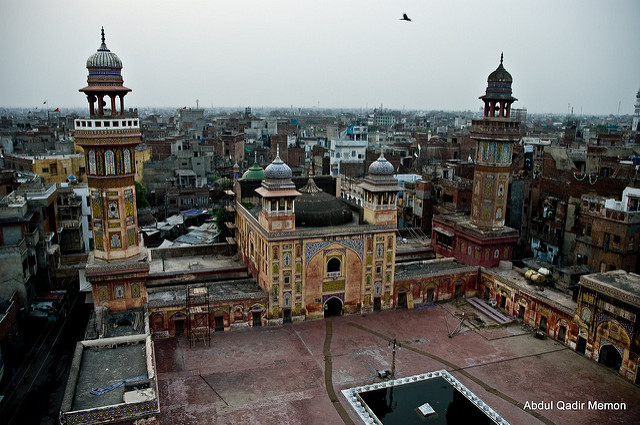
There’s a great deal of calligraphy to take in as you walk through the entrance hall. Many panels are actually inspired by Persian texts and were written by Sufi calligraphists. Keep walking until you reach the stunning octagonal chamber.
Soon you’ll find yourself in the mosque’s central courtyard. Many scholars have noted that this courtyard owes a great debt to the style favored in the Persian Empire. You might even see a few faithful Muslims performing ablution in the central pool. This is also the spot where the tomb of MiranBadshah is located.
After passing through the courtyard, you’ll head into the main prayer hall. This hall has a width of 42 feet and a length of 130 feet. Yet again, the Persian influence on the architecture of this mosque is clear. One feature that’s distinctly Persian is a central dome that’s held up by four arches. This central pavilion is referred to as the “Char Taq” in Persian design schemes. There are also tons of Persian and Arabic calligraphy along the walls of this prayer hall.
Besides the grandeur of this mosque’s architecture, everyone who visits this holy place is in awe of the mosque’s intricate tile work. The Mughals were masters at ornamentation, and you can see some of the Mughals’ finest fretwork in this mosque. Take your time to admire the painstaking tile work and frescoes that adorn so many halls in this mosque. There are many historical frescoes on the inner walls of this mosque to help you imagine the grandeur of the Mughal Empire. Some frescoes use the style favored in the Mughal court, while others use a variety of local styles.
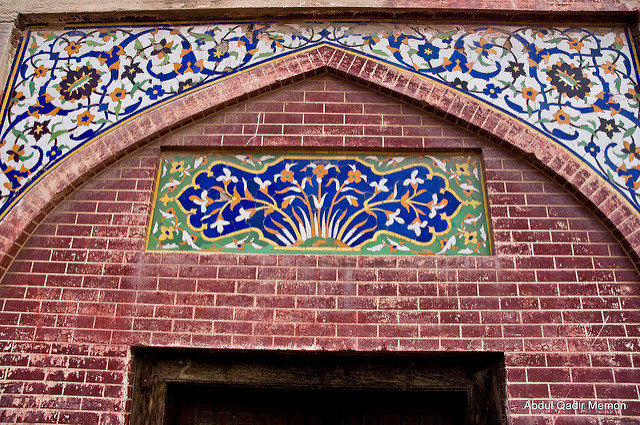
As stated above, this mosque owes a great deal to the Persians. Not only will you see Persian influence in the mosque’s layout, you’ll also find it in the Mughal’s ornamentation. For example, take a look at the colors the Mughals used in this mosque. You’ll see a ton of yellows, purples, greens, whites, and deep blues, all of which were favored by the Persian Empire. Also, this mosque makes great use of cypress trees. For those who don’t know, the cypress tree is a traditional symbol used throughout the Persian Empire. All of this Persian influence makes visiting the mosque a unique travel experience.
The Wazir Khan Mosque’s beauty has captivated people from both the Islamic world and foreign lands. Most people living in the West heard about this mosque through articles published by art critic John Lockwood Kipling in the 1880s. These articles were first published in the prestigious magazine Journal of Indian Art. Just in case you were wondering, John Lockwood Kipling was the father of The Jungle Book author Rudyard Kipling.
Restoration efforts on this mosque were ramped up in 2009. The government of Pakistan has made it a priority to preserve this architectural gem for future generations. Not only have the local Pakistanis spent time and money refurbishing the Wazir Khan Mosque, many foreign nations have lent the mosque a helping hand. Specifically, the USA, Germany, and Norway have donated funds to help with ongoing restoration efforts.
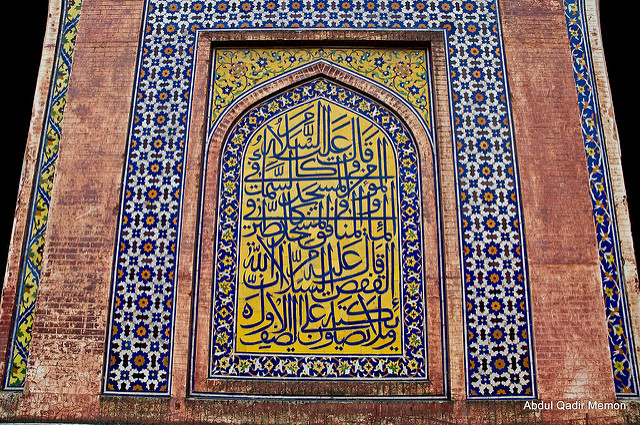
In addition to this grand mosque, Ansari is also well known for founding northeastern city of Wazirabad. Today, Wazirabad is better known for its industry than its cultural treasures. There are, however, many relics from the Mughal Empire throughout this city. For anyone who’s interested, Wazirabad is about a two-hour drive north of Lahore.
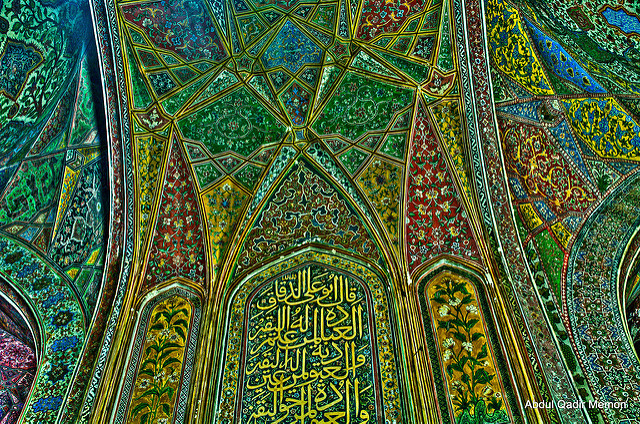
Visitors to the Wazir Khan Mosque are asked to dress conservatively and show respect for this sacred space. Women will be asked to cover their head or wear headscarf as they tour the mosque.



